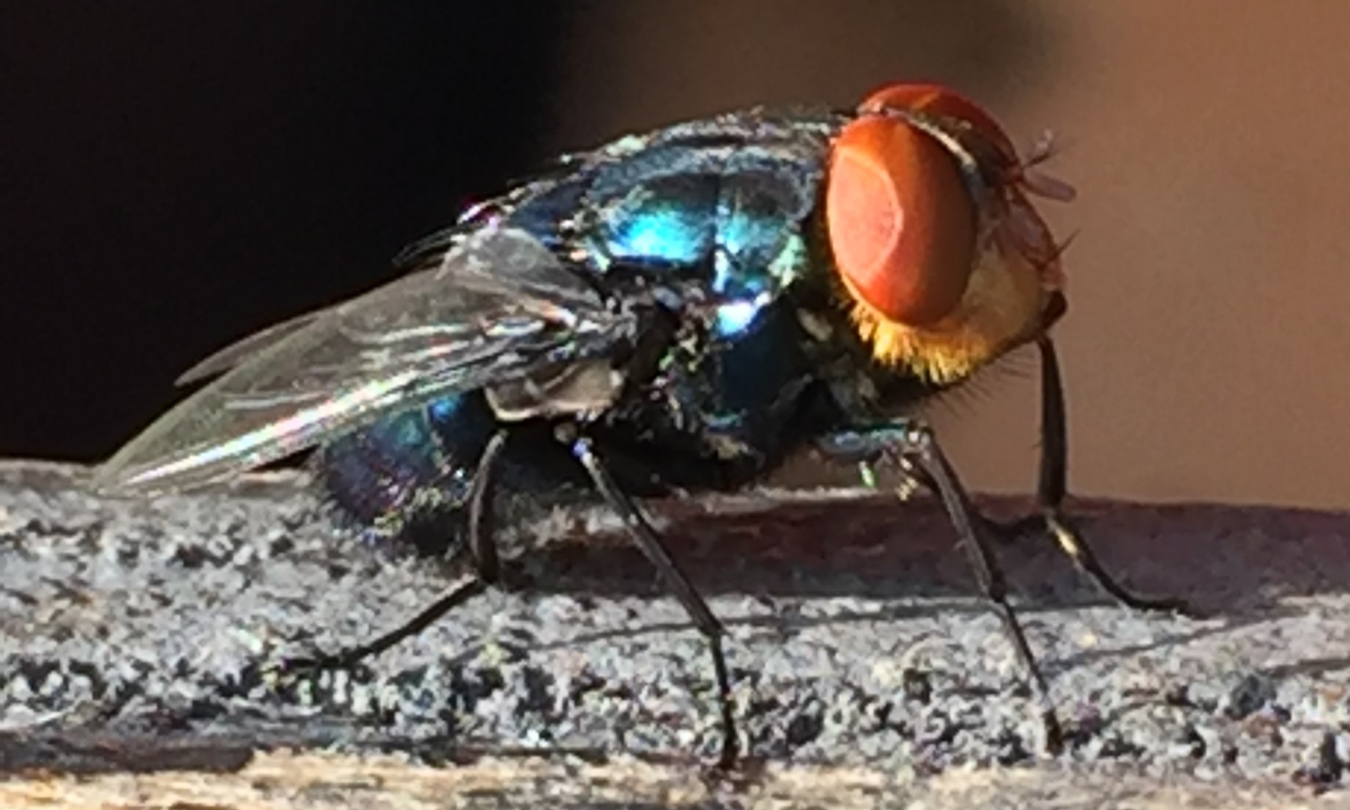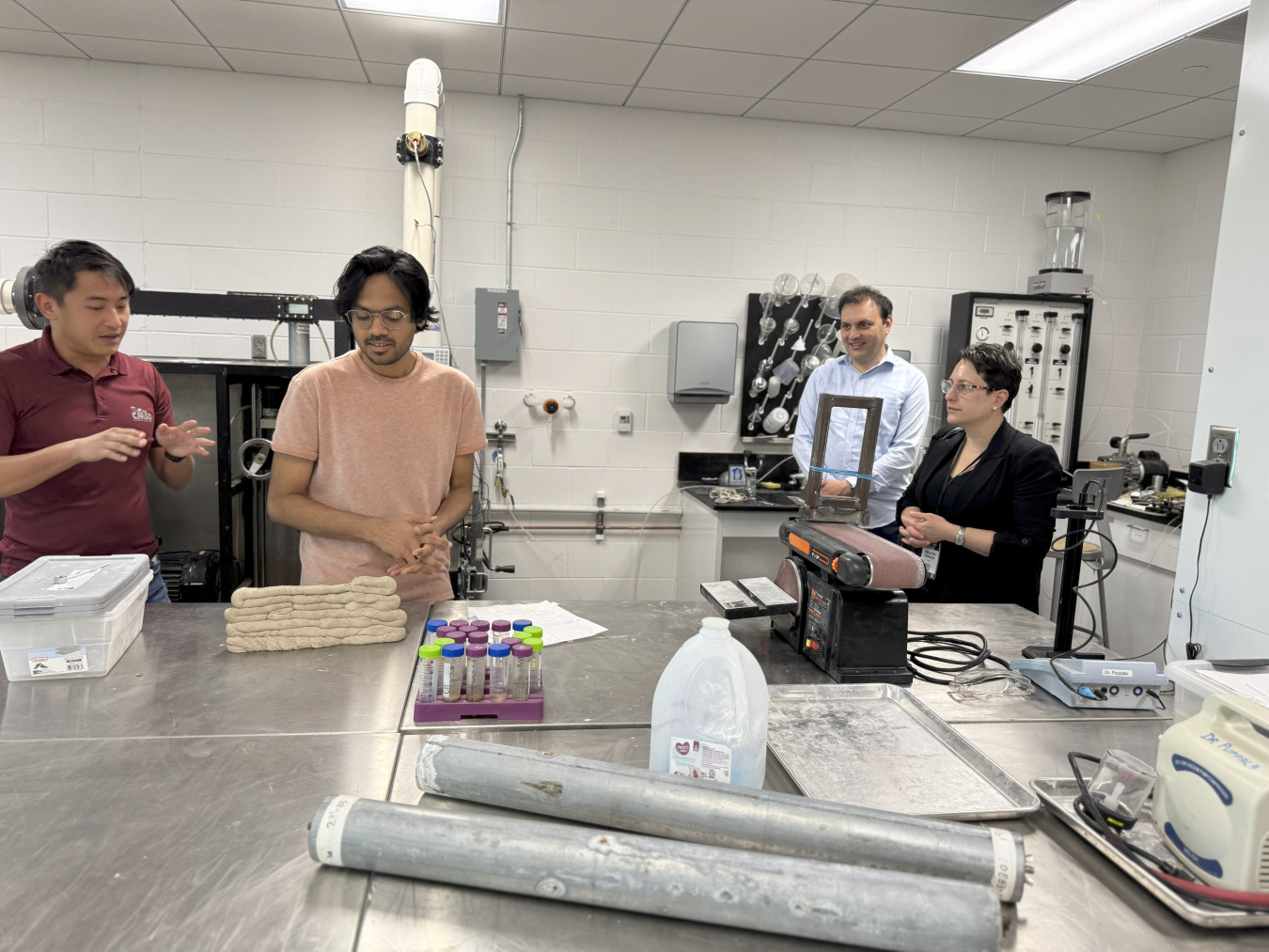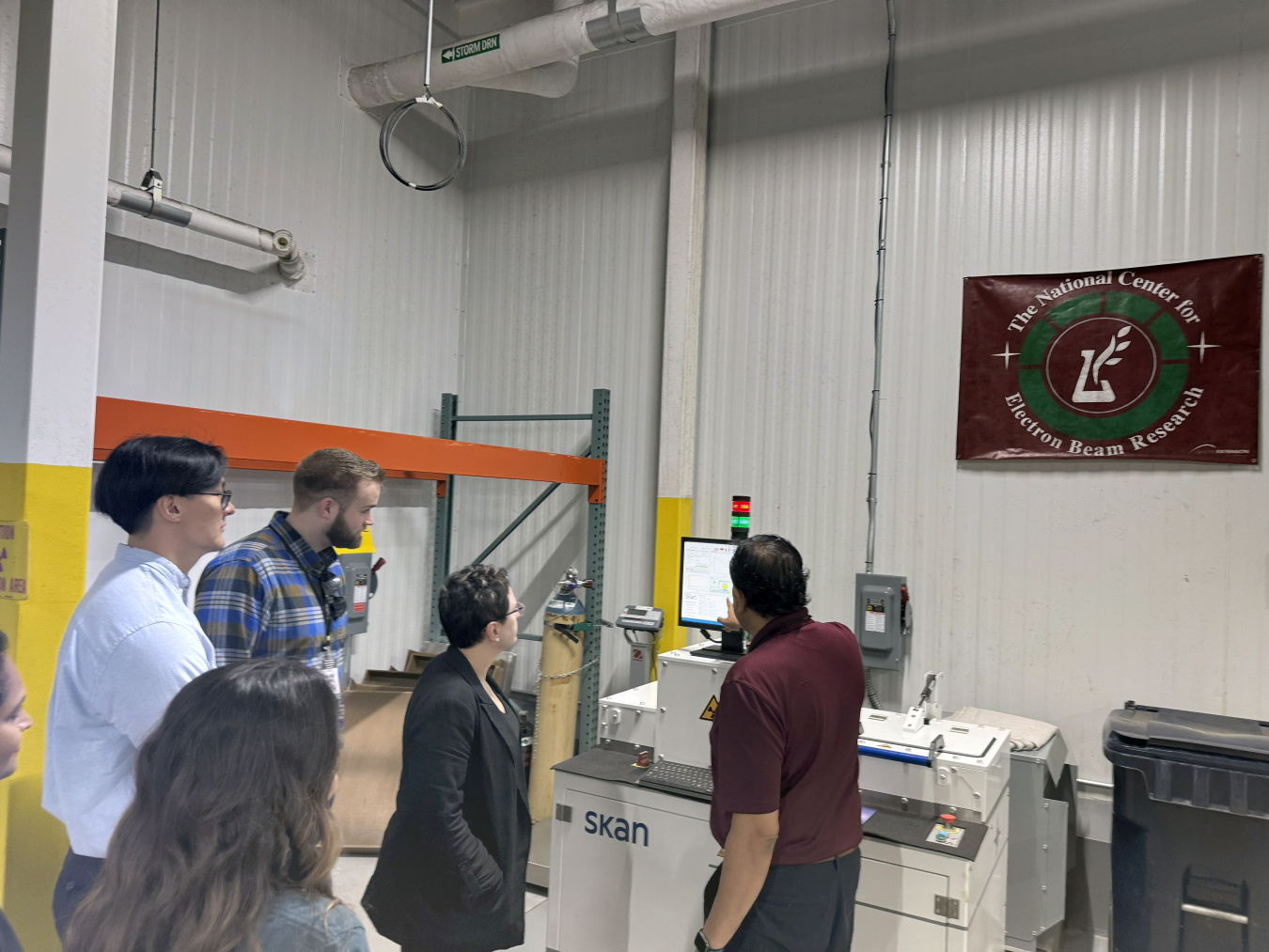NNSA and Texas A&M University have teamed up to combat the New World Screwworm and protect America’s farms and ranches. The partnership advances eBeam technology and radiological security while safeguarding agribusiness nationwide.
National Nuclear Security Administration
September 29, 2025
WASHINGTON – The U.S. Department of Energy’s National Nuclear Security Administration’s (NNSA) Office of Radiological Security (ORS) has partnered with Texas A&M University to combat the New World Screwworm (NWS), a devastating pest that significantly damages, and sometimes kills, livestock, wildlife, pets, and humans – and threatens the United States.
This threat became even more acute last week as the U.S. Department of Agriculture (USDA) announced that NWS had been found less than 75 miles from the U.S. border near one of the most heavily trafficked commercial thoroughfares in the world.
A robust agriculture sector is vital for American security. NNSA partnered with Texas A&M’s National Center for Electron Beam Research (NCEBR) to advance the Sterile Insect Technique (SIT) using electron beam (eBeam) technology in place of radioactive cobalt. SIT effectively prevents the spread of NWS by releasing sterilized male screwworms to halt reproduction and reduce their population, a crucial step in U.S. agriculture security.

ORS’s mission includes preventing the misuse of highly radioactive materials and promoting innovative alternatives like eBeam devices. The eBeam technology replaces the need for radioactive sources, which could be used for nefarious purposes if they fell into the wrong hands. This collaboration enhances radiological security best practices nationwide, thus strengthening national security.
“Our mission-driven partnership with Texas A&M is essential to advancing American innovation in eBeam applications and enhancing our national security,” said Kristin Hirsch, Director of ORS. “With the support of Texas A&M AgriLife experts, NNSA is able to help combat the spread of the NWS, building stronger food systems and safer communities across the country.”
U.S. Secretary of Agriculture, Brooke Rollins recently announced a new NWS fly dispersal facility in Texas and a five-pronged plan for eradicating the pest. The plan includes the USDA pursuing innovative research, such as eBeam and other technologies.

Though the NWS has recently re-emerged as a threat to the homeland, NNSA’s longstanding partnership with Texas A&M is crucial for leveraging academic expertise to combat it and other emerging national security challenges.
Currently, SIT relies on cobalt-60 gamma sterilization. But cobalt-60 carries significant radiological security risks, so NNSA, NCEBR, and Texas A&M’s Department of Entomology have worked to find replacement methods. Through modeling studies sponsored by NNSA and conducted by Texas A&M since 2023, researchers have confidently identified eBeam technology as a viable alternative and are working to make it available to USDA to combat this threat that is now less than 75 miles from the United States.
NNSA has been collaborating on the development of an eBeam system to be used for chemical remediation, another critical area where cobalt-60 use could become a risk. With the screwworm bearing down on the United States, NNSA is repurposing this technology towards NWS response and accelerating development to make eBeam available to USDA by early 2026. Once integrated into a rearing facility, it could create over 100 million sterile flies in 24 hours. That’s a vast improvement over cobalt-60, which can take a week to do the same amount. This efficiency would be a game-changer in NWS response.
The Mexico-U.S. border is critical to NWS prevention. By partnering with Texas A&M, NNSA is promoting the U.S. eBeam industry, advancing American investment, protecting the country, and safeguarding vital food systems.

“This collaboration with NNSA enables Texas A&M AgriLife to contribute innovative agriculture research that is essential to our nation’s food security,” said Suresh Pillai, Director of NCEBR at Texas A&M. “We are proud to support NNSA in their mission to enhance the security of the United States.”
“NNSA is determined to protect America’s agriculture industry in the face of emerging challenges,” said Christine Bent, Assistant Deputy Administrator for Global Material Security. “Through the strength of our partnership with Texas A&M, along with other academic, government, and business partnerships, NNSA works to protect our farms, our food, and our nation.”
ORS, within NNSA’s Office of Defense Nuclear Nonproliferation, enhances U.S. and global security by eliminating disused high-activity radioactive material and preventing its acquisition by adversaries. This is achieved through strong partnerships across industry, law enforcement, and government. These efforts safeguard American interests and promote a safer, more secure, and prosperous America.
To learn more about ORS and how you can keep your community and country safe, please contact: ORSinfo@nnsa.doe.gov.

